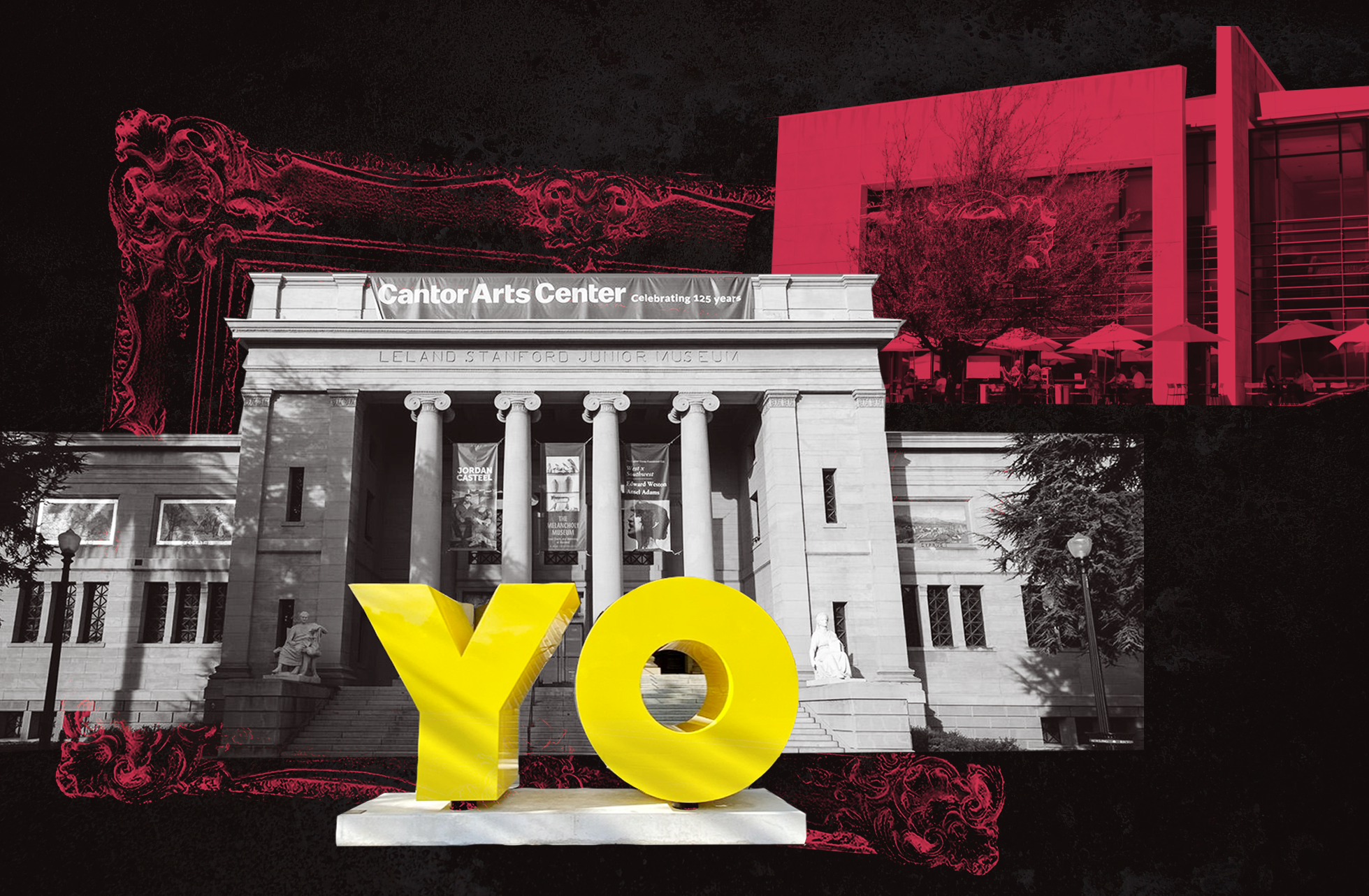The Cantor Arts Center and Stanford University Archaeology Collections (SUAC) are actively in consultation with California Native American tribes regarding potential repatriation of Native cultural objects.
In these dialogues, Native groups examine their tribe’s affiliated objects and decide whether they want to make a request for repatriation, in line with recent amendments to the Native American Graves Protection and Regulation Act (NAGPRA).
NAGPRA, initially enacted by Congress in 1990, requires museums and federal agencies to contact affiliated Native American tribes if there are cultural objects in their possession. The legislation focuses on objects of cultural patrimony, meaning they have cultural importance to a Native American community and can thus not be conveyed properly by others. Funerary objects, sacred objects and human remains all fall explicitly under this umbrella.
Moreover, CalNAGPRA, a California-specific act in 2001, supplements NAGPRA by recognizing non-federally recognized Californian tribes like the Muwekma Ohlone tribe, whose land Stanford sits on.
The Cantor returned all Muwekma Ohlone human remains in the late 1980’s, according to Stanford’s director of heritage services Laura Jones, who contributed to that process. The museum continued to work with affiliated tribes, beyond just the Ohlone, and repatriated hundreds of objects in 1993 under NAGPRA, she said.
On Jan. 12, 2024, the U.S. Department of the Interior made amendments to NAGPRA that required museums and collections to prioritize contacting Native American tribes to inquire about the repatriation process and gave Native American tribes the final determination on what constitutes cultural significance for the objects. These changes reacted to museums previously dictating agency throughout the process. Failure to update inventory of Native American associated funerary and cultural objects can lead to civil penalties and deprivation of the museum’s grants.
“The new NAGPRA regulations are very clear that, now, the tribes are in the lead,” Jones said.
In response to the new amendments, the Cantor and SUAC collectively sent out more than 300 letters to affiliated tribes regarding the Cantor’s collection, which led to over two dozen responses and consultations, she said. If a tribe responds in regards to a given piece, that work is put behind panels, still in its display location, until the consent process is complete.
Once the tribe responds, a conversation begins. Stanford’s repatriation team said they are eager for these consultations. “As museum people, it’s our place to learn and hear” from these dialogues, said the Cantor’s associate director of collections Peg Brady.
The Cantor expects its first official repatriation request, involving four woven baskets, from the Pechanga tribe after a few consultations in the past months.
“These baskets have within it sacred and ceremonial values, and so it’s a very complex object compared to the way they’ve been treated in Western mainstream media,” Jones said.
Prady further illustrates the importance of restoring these objects along the tribes’ requests, saying that the works can have aspects “so much deeper and richer that, from our database, you can’t capture that nor necessarily convey it successfully.”
Jones stresses listening for when the tribes decide they are ready for these processes, as some tribes might have it as a priority, while others focus on other matters like developing healthcare and economic development. “Part of respect is understanding our consulting partners in these Native communities have priorities and schedules and constraints of their own.”
Native American studies senior lecturer Michael Wilcox, who has advised the Muwekma tribe on repatriation, spoke about the experience in a talk hosted by the Native American Cultural Center on March 5.
In his talk, Wilcox said that UC Berkeley’s archaeology collection, which is significantly larger than Stanford’s, contains thousands of Muwekma belongings, including ancestral remains. Institutions like Berkeley previously did not engage in repatriation processes with tribes like Muwekma because they are not federally recognized, but are now because of CalNAGPRA. The Cantor has already worked closely with Muwekma to return all requested objects and human remains before NAGPRA and is also in consultations with other tribes.
Zola Ortiz ’27, who attended this talk and is enrolled with the Comanche Nation, gave her perspective on Stanford’s relationship with repatriation as a Native student. “I think these conversations are a good start, but Stanford still has a lot of cultural objects and some human remains as well,” she said. “Stanford as a whole could be doing more to acknowledge and help the process.”
When discussing the potentially repatriated cultural objects, including the Pechanga baskets that Jones described, Ortiz said, “I think that they definitely should be returned to the tribes and return to the land and the earth where they were originally but were taken out.”
Brady, Jones and Wilcox all commented on the Stanford team’s pro-repatriation stance. To Wilcox, “these consultations are healing” for many Native American groups. Jones said that the Cantor and SUAC’s mission is “to respectfully listen and to form a new relationship with their communities.”
These dialogues could represent a new era of how museum institutions and Native groups interact.
“Let’s have an actual conversation,” Brady said. “And the first part is letting those who have not been allowed to speak, to speak.”
